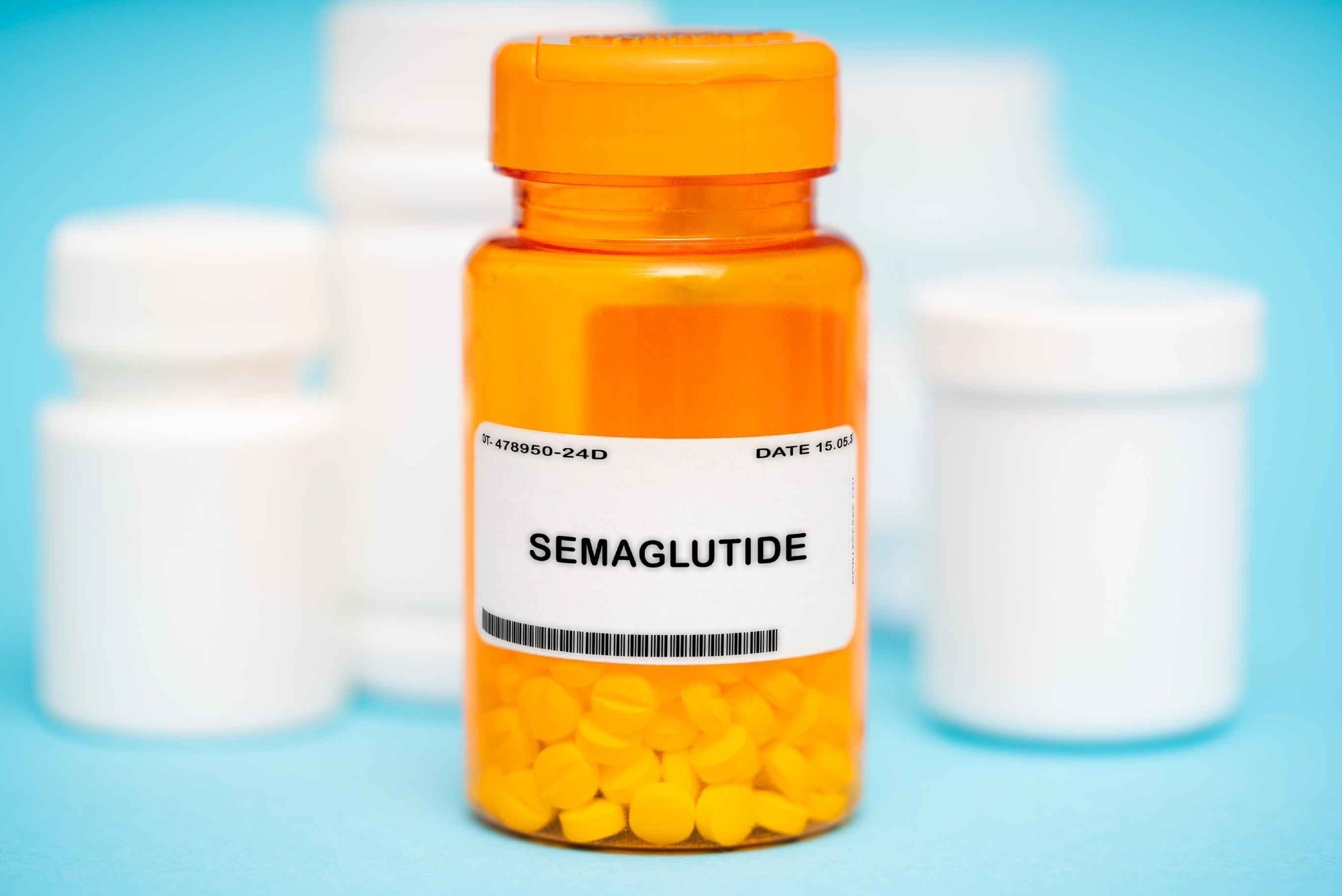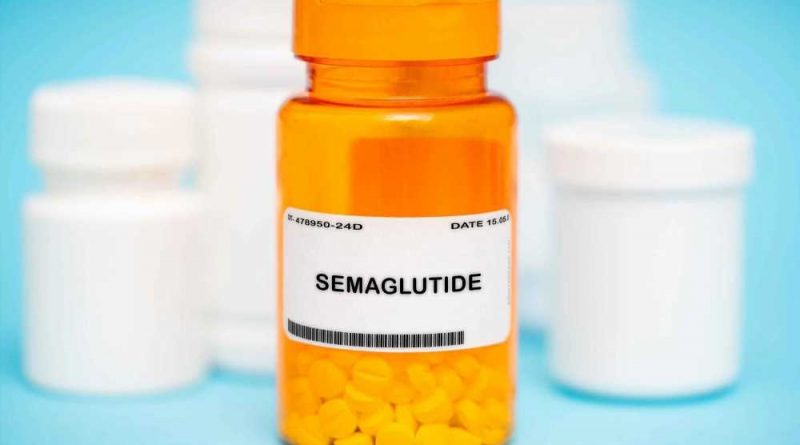can i take zofran at 6 weeks pregnant
In a recent study published in The Lancet, researchers performed a phase III randomized clinical trial (RCT) in nine countries across North America, Asia, and Europe to assess the effectiveness of semaglutide as the oral treatment of obesity in adults without type 2 diabetes (T2D).
Specifically, they evaluated the safety profile and efficacy of 50 mg of semaglutide, an oral glucagon-like peptide-1 analog, versus placebo in adults with a body mass index (BMI) between 27 and 30 kg/m2, bodyweight-related health issues, or comorbidities, diltiazem er 240 mg side effects but not T2D.
 Study: Oral semaglutide 50 mg taken once per day in adults with overweight or obesity (OASIS 1): a randomised, double-blind, placebo-controlled, phase 3 trial. Image Credit: luchschenF/Shutterstock.com
Study: Oral semaglutide 50 mg taken once per day in adults with overweight or obesity (OASIS 1): a randomised, double-blind, placebo-controlled, phase 3 trial. Image Credit: luchschenF/Shutterstock.com
Background
In previous trials, researchers have investigated varying doses of semaglutide available as subcutaneous and oral formulations. Its 2.4 mg once-per-week dose received approval for the chronic treatment of obesity in people with or without T2D.
It is given orally once daily at 7 mg and 14 mg doses for the treatment of T2D to improve glycaemic control and concurrently reduce body weight. Note that obesity treatment is key to the management of several obesity-related comorbidities.
About the study
They first searched the PubMed database for trials published in the past five years reporting the results of trials investigating oral GLP-1 receptor agonists for treating obesity in T2D-affected individuals but found none.
So, in the present study, researchers investigated a higher dose of oral semaglutide, i.e., 50 mg daily dose, as the treatment of obesity in people with T2D.
They used an interactive web-response system to assign all enrolled participants into semaglutide or visually matching placebo groups in a 1:1 ratio. They masked all participants and investigators, including this evaluating study outcomes of group assignments. The study participants received 50 mg drug or placebo for 68 weeks alongside lifestyle interventions.
Next, the researchers evaluated two outcomes in parallel, i.e., coprimary endpoints. First, they determined the percentage change in body weight of all participants at week 68, even if they discontinued treatment or used other bodyweight-lowering therapies.
Secondly, they assessed whether participants reached a bodyweight reduction of at least 5% at the end of the study duration in the drug versus placebo group.
They initiated oral semaglutide at 3 mg and escalated every four weeks to improve the tolerability of 7 mg, 14 mg, 25 mg, and 50 mg doses by week 16. In case a participant could not tolerate the 50 mg dose, per the investigator’s discretion, they used a lower dose and attempted to re-escalate to a 50 mg dose. Even during treatment discontinuation, they requested participants to remain in the trial.
The study had two primary endpoints, the percentage change in body weight from baseline to week 68 and attainment of at least 5% bodyweight reduction for oral semaglutide 50 mg vs. placebo.
As confirmatory secondary endpoints, the team assessed whether participants attained at least 10%, 15%, and 20% bodyweight reduction till week 68 and reported any physical function outcomes, which included absolute body weight, BMI, waist circumference, blood pressure, glucose homeostasis changes, and glycaemic status.
They also performed exploratory analyses to assess treatment-by-subgroup interactions for the percentage change in body weight by sex and BMI. In addition, they assessed the drug safety profile up to week 75, including the number of adverse and serious adverse events over the on-treatment and the in-trial periods.
Results and conclusions
The researchers screened 709 participants between September 13 and November 22, 2021, of which the researchers randomly assigned 334 and 333 participants to oral semaglutide 50 mg and placebo groups, respectively, comprising the cumulative intention-to-treat analysis group.
The baseline characteristics of all treatment groups were well-balanced, e.g., the whole study population had a mean age of 50 years, bodyweight of 105·4 kg, BMI of 37·5 kg/m2, and waist circumference of 113·6 cm.
The average body weight change from baseline to week 68 was 15·1% with oral semaglutide 50 mg vs. –2·4% with placebo. Most participants (82%) completed treatment by week 68, and 94% attended the end-of-trial visit at week 75, irrespective of treatment completion.
Of those who completed oral semaglutide 50 mg treatment, 80% were on the 50 mg dose at week 68. Indeed, 76% of participants in the oral semaglutide 50 mg tolerated the standard dose-escalation protocol.
More participants reached bodyweight reductions of at least 5% (269 [85%] of 317 vs. 76 [26%] of 295) at week 68 with oral semaglutide 50 mg vs. placebo. Even the adverse events were more frequent in recipients of oral semaglutide 50 mg than placebo (307\334 and 285\333).
Accordingly, mild-to-moderate gastrointestinal adverse events occurred in 80% of participants who received oral semaglutide 50 mg and 46% of placebo recipients.
The estimated bodyweight reduction with oral semaglutide 50 mg was 15.1% compared with 2·4% in the placebo group, and more participants reached bodyweight reduction targets of at least 5%, 10%, 15%, and 20%. At least 5% body weight reduction is a minimum regulatory requirement for effective anti-obesity medication.
Oral semaglutide 50 mg performed better than placebo in reducing body weight and improving physical functioning and cardiometabolic risk factors, including waist circumference, blood pressure, lipids, and HbA1c, which could have contributed to reverting to normoglycaemia at week 68.
Moreover, oral semaglutide 50 mg substantially reduced fasting glucose and serum insulin levels. Oral semaglutide 50 mg also reduced high-sensitivity C-reactive protein by 57.3%, a marker of systemic inflammation used to evaluate future cardiovascular risk.
Taken together, these results indicated that oral semaglutide 50 mg could be a safe and effective future treatment for people with obesity.
Prof Filip K & Julio R et al., (2023) Oral semaglutide 50 mg taken once per day in adults with overweight or obesity (OASIS 1): a randomised, double-blind, placebo-controlled, phase 3 trial. The Lancet. doi: 10.1016/S0140-6736(23)01185-6. https://www.thelancet.com/journals/lancet/article/PIIS0140-6736(23)01185-6/fulltext
Posted in: Drug Trial News | Medical Science News | Medical Research News | Pharmaceutical News
Tags: Blood, Blood Pressure, Body Mass Index, Cardiometabolic, Chronic, Clinical Trial, C-Reactive Protein, Diabetes, Efficacy, Fasting, GLP-1, Glucagon, Glucagon-like Peptide-1, Glucose, HbA1c, Inflammation, Insulin, Lipids, Obesity, Placebo, Protein, Receptor, Type 2 Diabetes

Written by
Neha Mathur
Neha is a digital marketing professional based in Gurugram, India. She has a Master’s degree from the University of Rajasthan with a specialization in Biotechnology in 2008. She has experience in pre-clinical research as part of her research project in The Department of Toxicology at the prestigious Central Drug Research Institute (CDRI), Lucknow, India. She also holds a certification in C++ programming.
Source: Read Full Article
